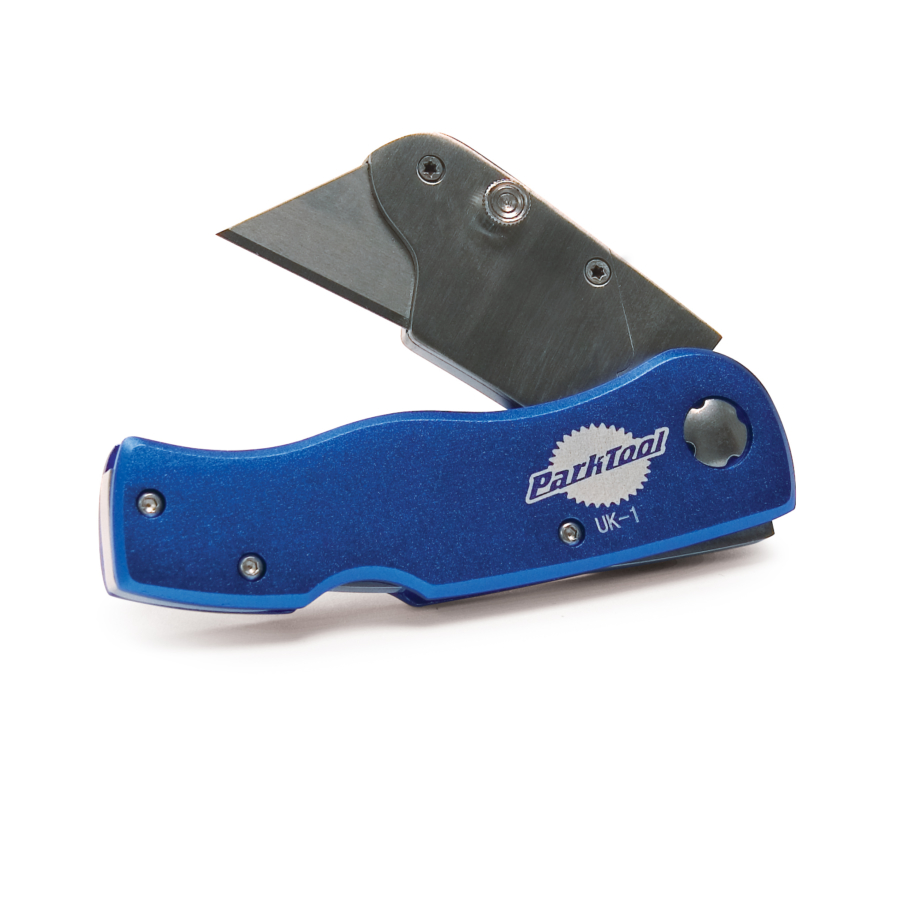I’ve had SIP sockets from several manufacturers, none had the ability to snap off by hand cleanly. Some cheap stuff uses brittle plastic, more expensive product can be more flexible, but either way for exactly those reasons (too brittle/too flexible) the breaks are not clean and waste a lot of pins.
For example:
View attachment 24392
I won’t use the sockets with exposed pins, I’ll pop out the exposed pins and save those pins for other uses.
You can see the silver SIP socket row on the far right didn’t clip cleanly, there’s some plastic protruding that I’ll shave off for the next bit that I use. The 4-wide SIP with the two centre pins removed is what I use for diodes and resisters experimentation; the silver 4-pin with one exposed pin will be reduced to 3-pin for socketing a transistor or 3-wide with centre-pin removed for socketing a film cap; the gold 3-pin with exposed pin will be narrowed to 2-pin for socketing an electrolytic or LED, etc.
I use the sockets extensively because I like to experiment, can’t make a decisive choice (“what if I change my mind down the road?”), and don’t breadboard enough — but that’s changing, I’m doing a lot more breadboarding now, spurred on by BtR, CdB, fig and others.
Not just breadboarding, but for many other aspects of the hobby, I have to say this forum and members such as yourself have been a good influence on me.






